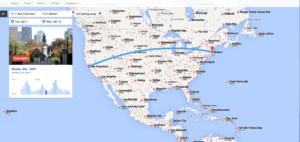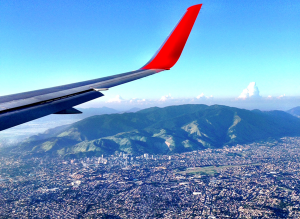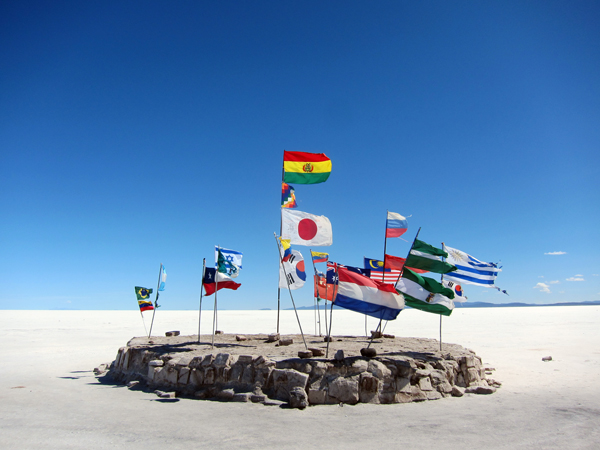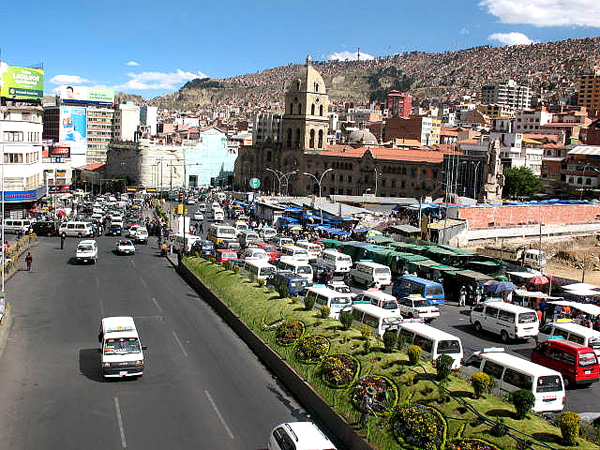
La Paz is one of those places that seems to be swelling up with more and more tourists each year. Located 3660m above sea level (feeling dizzy already?) the city is literally built into the sides of a crater. It is the largest city in Bolivia despite Sucre remaining the capital. The city’s rich live in the foothills of the mountains, protected from the harsh elements, while the poorer residents live towards the snow-capped peaks. At the moment, Bolivia is the cheapest country in South America to travel through but this may not last for much longer…
WHAT CAN I DO?
There are a number of walking tours to get your juices flowing but be warned, the thin air makes for hard work. Most start at the top of the city and make their way down to the bottom, from north (arriba) to south (abajo). Check out Plaza Murillo, where the cathedral is (but watch out for the pigeons) and learn about its bloody history. Down the street is Calle Jaen, rumoured to be one of the most haunted places in La Paz. Wander through Calle Linares and Calle Sagarnaga and admire the woven goods and handmade crafts.
If you are hoping to do a tour inside the notorious San Pedro Prison, made famous by Rusty Young’s book Marching Powder, you are out of luck. Although tourists used to be able to participate in guided tours, albeit dangerously and illegally, recent reports say it is now properly off limits. Some locals claim they can get you in but they are usually scam artists looking for a quick buck.
HOW LONG SHOULD I STAY?
La Paz is not the type of city to rush. Not only will you probably have to get used to the altitude but there is also a huge amount to explore. Stay as long as your itinerary will allow, you won’t regret it!
IS IT COLD?
Warm clothing is needed year-round because of the altitude of the city. Rain falls most afternoons in summer (November to April) and in winter (May to October) the days tend to be a little bit cooler.
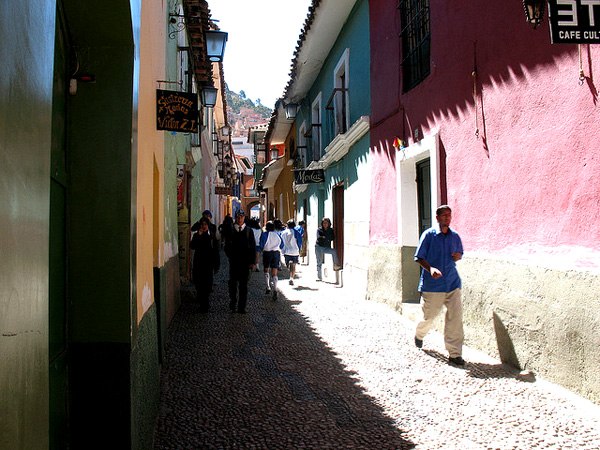
GETTING IN AND OUT OF LA PAZ
There are a fair few cheap flights in and out of La Paz, from places like Los Angeles, Buenos Aires or Lima but they usually have to be booked well in advance. If you are happy to take your time, buses run from a number of cities in La Paz. Night buses are generally deemed unsafe but if you listen to local advice and keep your wits about you, it may be fine.




